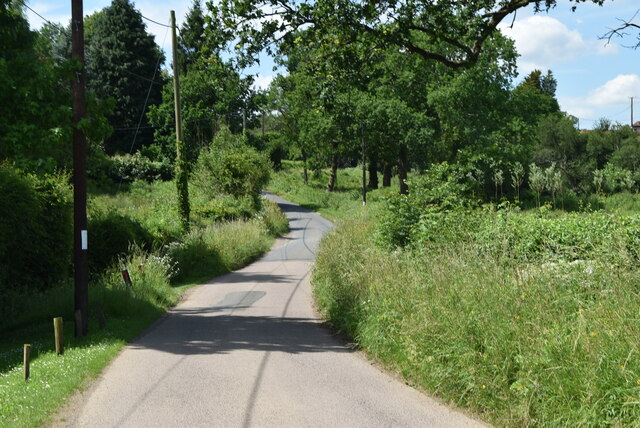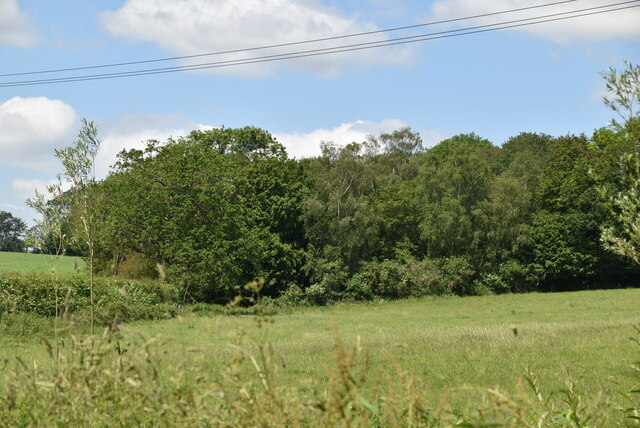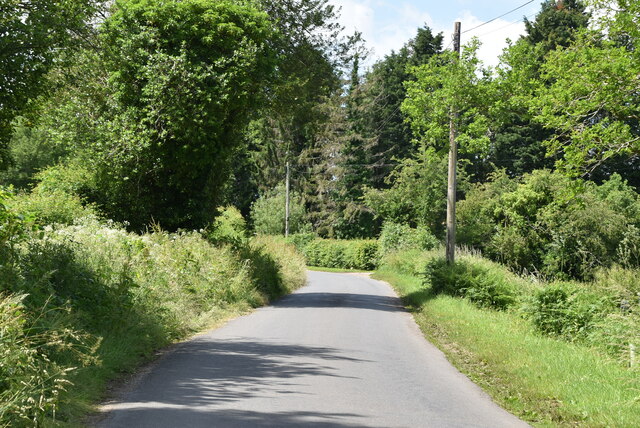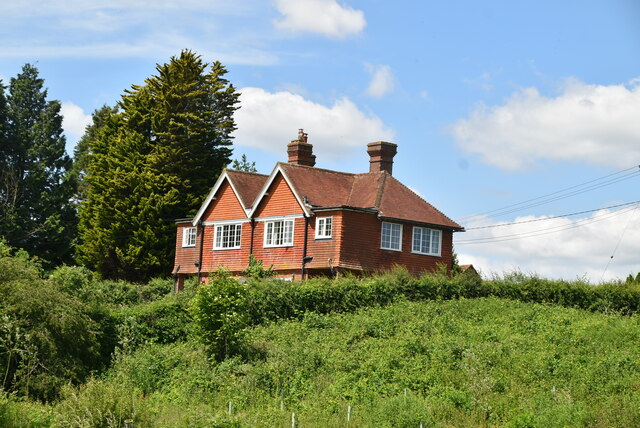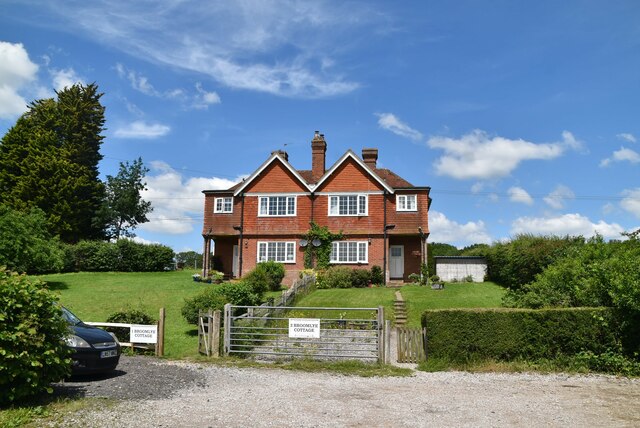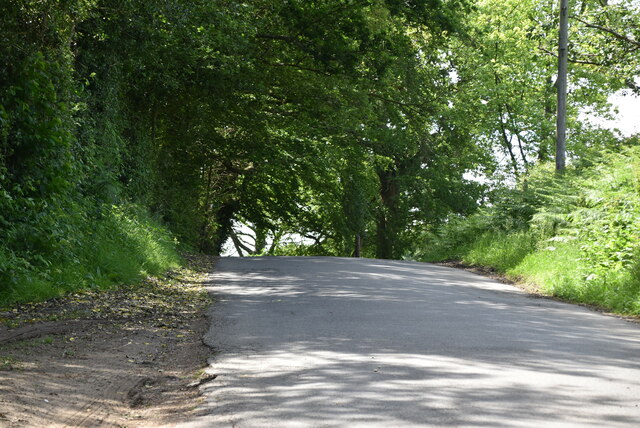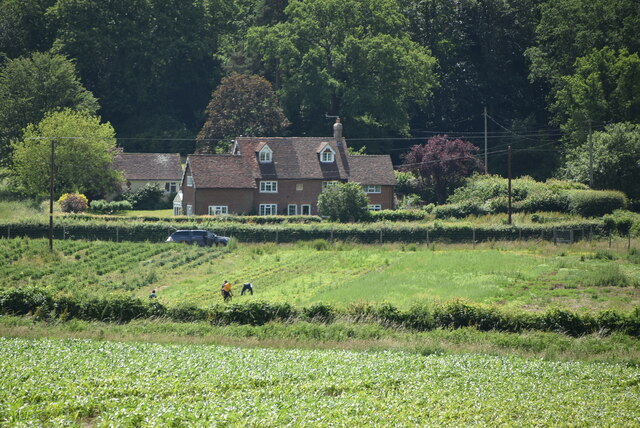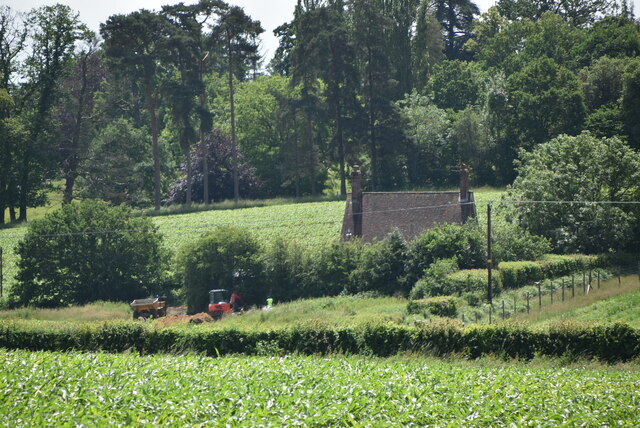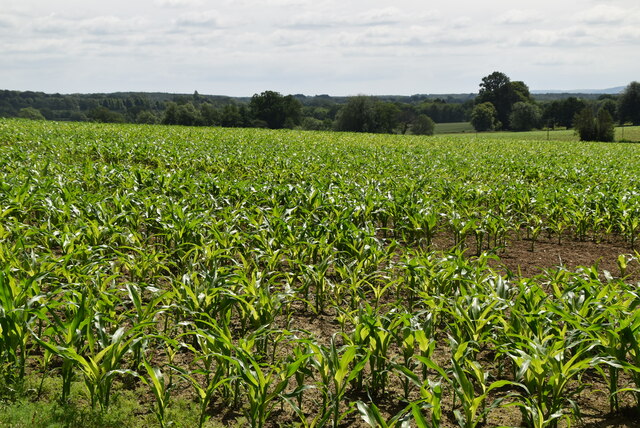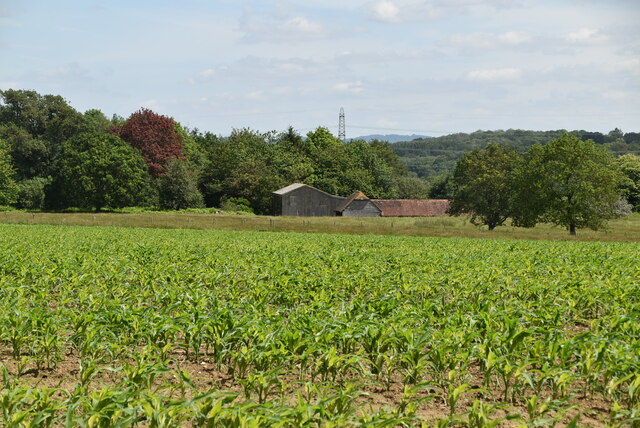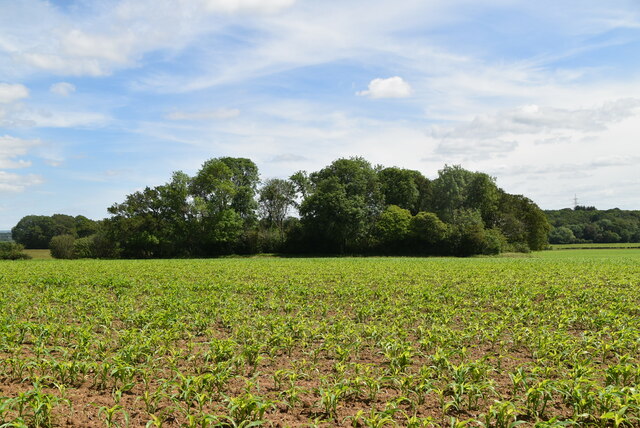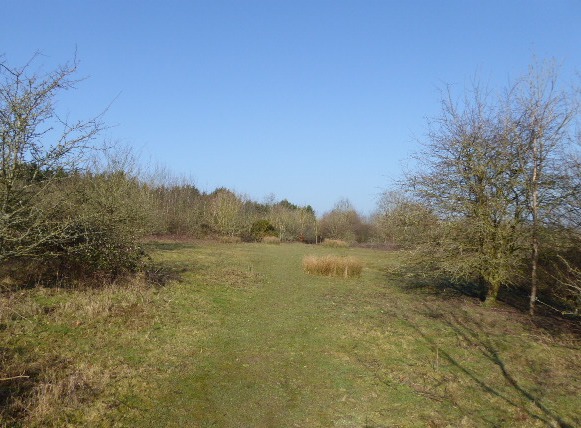Eel Pot
Lake, Pool, Pond, Freshwater Marsh in Sussex Wealden
England
Eel Pot
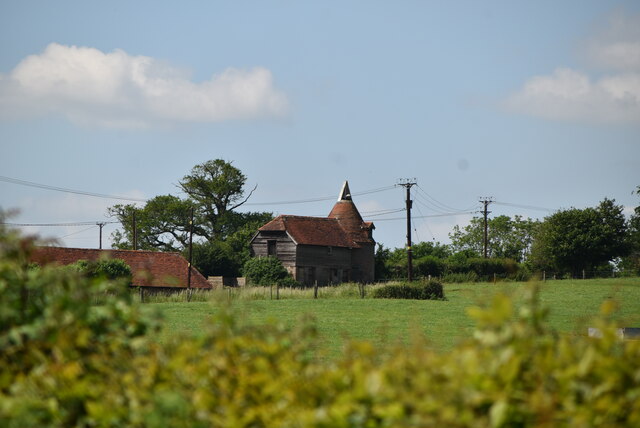
Eel Pot is a freshwater marsh located in Sussex, England. It is a small body of water that can be categorized as a lake, pool, pond, or marsh, depending on the season and water levels. Situated in a picturesque natural setting, Eel Pot attracts visitors with its serene atmosphere and diverse ecosystem.
The marsh is home to various species of plants and animals, making it an important ecological site. Its lush vegetation includes reeds, water lilies, and other aquatic plants, providing habitat for numerous birds, insects, and amphibians. Birdwatchers can spot a variety of waterfowl, such as ducks, herons, and kingfishers, as well as rare species like bitterns and marsh harriers.
Eel Pot also serves as a breeding ground for eels, hence its name. These elusive creatures are known for their ability to adapt to different environments, and the marsh provides them with the ideal conditions for their lifecycle. The freshwater marshland offers plenty of food sources for eels, including insects, small fish, and crustaceans.
The surrounding area of Eel Pot offers opportunities for leisure activities like walking, picnicking, and fishing. Anglers can try their luck catching eels, as well as other freshwater fish like perch and pike. The tranquil atmosphere and beautiful scenery make Eel Pot a popular spot for nature enthusiasts and photographers.
Overall, Eel Pot in Sussex is a charming freshwater marsh that offers a glimpse into the diverse ecosystem of the region. Its abundant wildlife, picturesque landscape, and recreational opportunities make it a must-visit destination for nature lovers.
If you have any feedback on the listing, please let us know in the comments section below.
Eel Pot Images
Images are sourced within 2km of 50.969283/0.037124915 or Grid Reference TQ4320. Thanks to Geograph Open Source API. All images are credited.
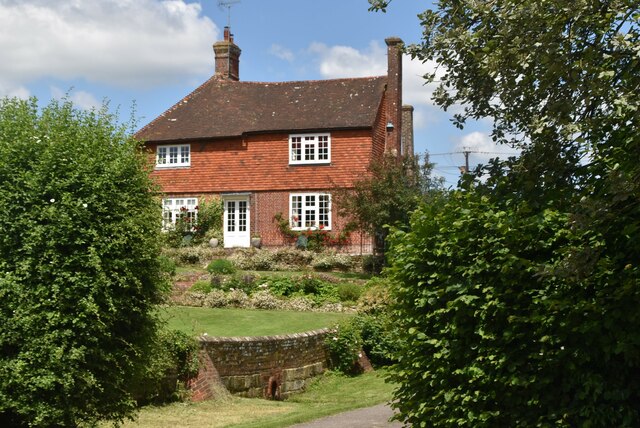
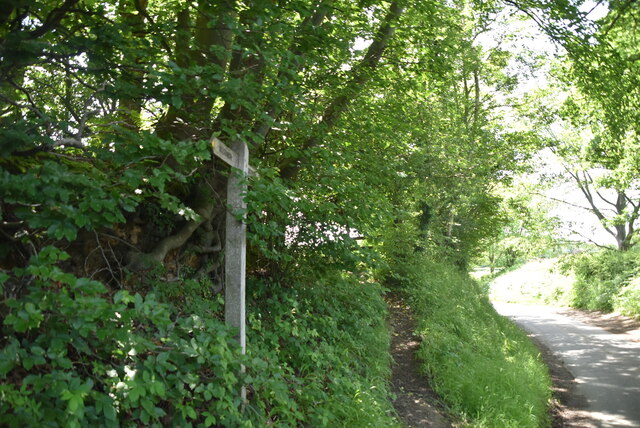
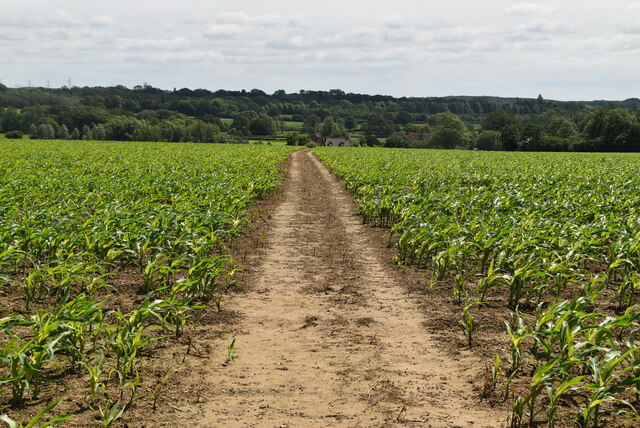

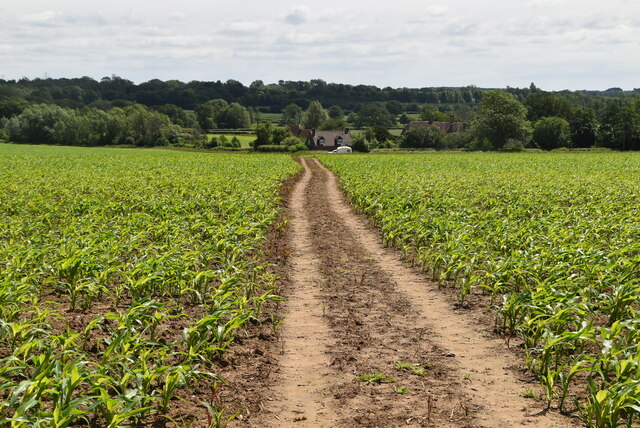
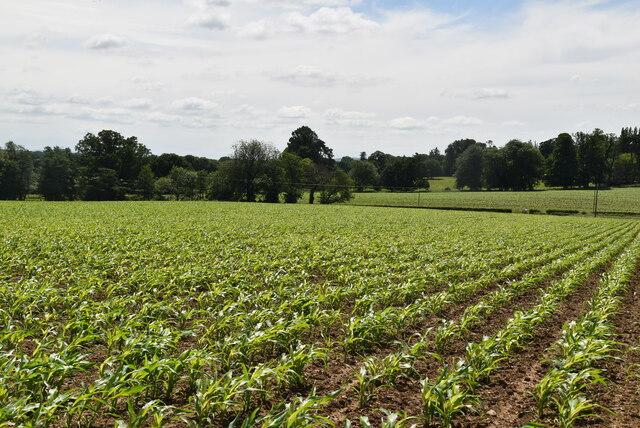
Eel Pot is located at Grid Ref: TQ4320 (Lat: 50.969283, Lng: 0.037124915)
Administrative County: East Sussex
District: Wealden
Police Authority: Sussex
What 3 Words
///breached.submits.rivals. Near Newick, East Sussex
Nearby Locations
Related Wikis
Newick
Newick is a village, civil parish and electoral ward in the Lewes District of East Sussex, England. It is located on the A272 road six miles (9.7 km) east...
Piltdown
Piltdown is a series of hamlets in East Sussex, England, located south of Ashdown Forest. It is best known for the Piltdown Man hoax where amateur archaeologist...
Zion Chapel, Newick
Zion Chapel is a former Strict Baptist place of worship in the village of Newick in Lewes District, one of six local government districts in the English...
Fletching, East Sussex
Fletching is a village and civil parish in the Wealden District of East Sussex, England. It is located three miles (4.8 km) to the north-west of Uckfield...
Piltdown Man
The Piltdown Man was a paleoanthropological fraud in which bone fragments were presented as the fossilised remains of a previously unknown early human...
Newick and Chailey railway station
Newick and Chailey was a railway station located in North Chailey and located near the villages of Newick and Chailey in East Sussex, England. It was part...
West Park, Uckfield
West Park is a 10.5-hectare (26-acre) Local Nature Reserve on the western outskirts of Uckfield in East Sussex. It is owned and managed by Uckfield Town...
Sheffield Park cricket ground
Sheffield Park is a cricket ground at the Sheffield Park estate, located near Uckfield, East Sussex, England. From 1881 to 1896 it was the home ground...
Nearby Amenities
Located within 500m of 50.969283,0.037124915Have you been to Eel Pot?
Leave your review of Eel Pot below (or comments, questions and feedback).
